A doxology is a short prayer or hymn of praise that extols the glory and majesty of God. Doxology simply means “glory” or “praise.” The following are liturgical doxologies the have been used in church worship services for centuries.
GLORIA PATRI (also known as the Lesser Doxology):
Glory be to the Father, and to the Son, and to the Holy Spirit; as it was in the beginning, is now, and ever shall be, world without end. Amen.
This basic form of the Christian doxology was used by the ancient church fathers within the liturgy and depicted Christ as the source of the Father's glorification in the Spirit: “Glory be to the Father, through the Son, in the Holy Spirit.” Since supporters of Arianism used the phrase “through the Son” as a defense for insinuating that the Son is inferior to the Father, the leaders at Antioch (4th century) encouraged the church to instead say, “Glory be to the Father, and to the Son, and to the Holy Spirit.” This was derived from the baptismal formula (Matthew 28:19), which clearly expressed the equality of the three Divine Persons. Thus this lesser doxology, as it is called, came to be used in the conclusion of psalms and elsewhere.
GLORIA IN EXCELSIS DEO (also known as the Greater Doxology):
Glory to God in the highest, and peace to his people on earth. Lord God, heavenly King, almighty God and Father, we worship you, we give you thanks, we praise you for your glory. Lord Jesus Christ, only Son of the Father, Lord God, Lamb of God you take away the sin of the world: have mercy on us; you are seated at the right hand of the Father: receive our prayer. For you alone are the Holy One, you alone are the Lord, you alone are the Most High, Jesus Christ, with the Holy Spirit in the glory of God the Father. Amen.
The author of this doxology is unknown. It includes three parts: (1) the song of the angels at the nativity (Luke 2:14), (2) praise of God the Father (Te Deum), and (3) an invocation of Christ with mention of the Holy Spirit (Te Decet Laus). By the 6th century, the Gloria had been firmly established in congregational worship for some time.
The Te Deum seems to be the work, not of St. Ambrose or St. Augustine, but of Niceta of Remesiana (d. 414), who apparently brought several different hymns together and fashioned them into one. The Te Decet Laus is a brief Trinitarian acclamation. It was prescribed by the Rule of St. Benedict, but it has disappeared from the Roman liturgy.
The Gloria is generally used from Christmas Day through the Feast of the Epiphany, on Sundays in Easter season, on all the days of Easter Week, on Ascension Day, and at other times. The Gloria is not used on the Sundays or ordinary weekdays of Advent or Lent.
TRINITARIAN DOXOLOGY:
Through him, with him, in him, in the unity of the Holy Spirit, all glory and honor is yours, almighty Father, for ever and ever.
This Trinitarian doxology retains the emphasis on the nature of Christ's mediation and summarizes the whole sweeping theme of the Eucharistic Prayer—glorifying the Father through the Son's redemptive work in the Spirit. This practice can be found as early as the 3rd century Apostolic Tradition of Hippolytus.

